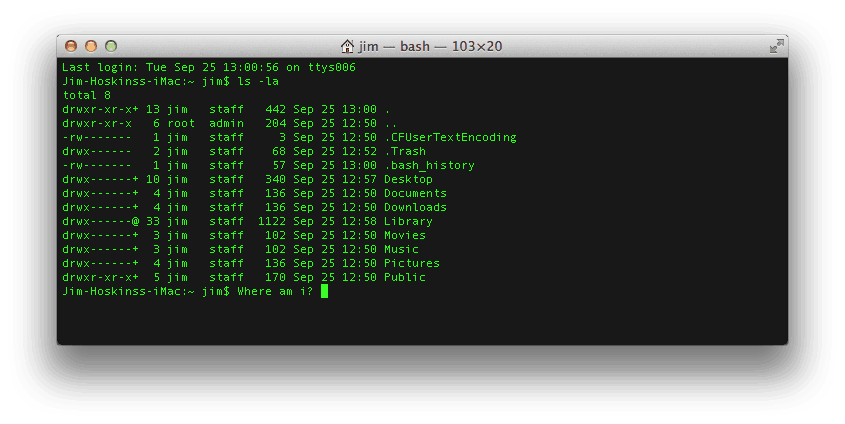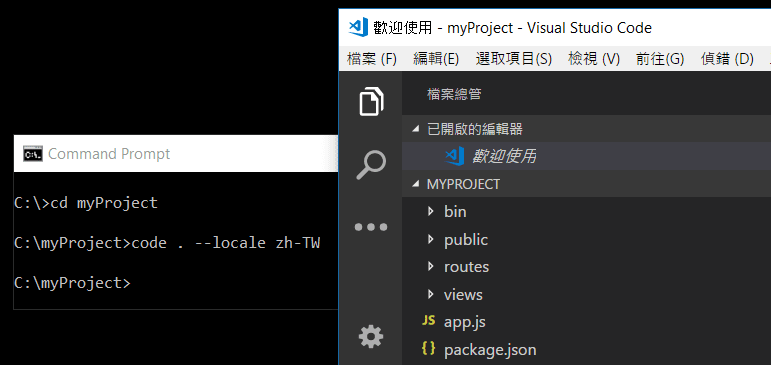
- Mac Os Command Line Manual Software
- Mac Os Command Line Manual Software
- Mac Os X Command Line Manual
- Mac Os Command Line Commands

Actually, Mac OS is the name of the operating system that has been around since the Mac debuted, though for a while they called it System. For the modern era, and according to the Terminal command swvers, it’s called “Mac OS X” but I wouldn’t expect a newbie like Christopher who doesn’t know Macs or the command line and instead goes.
This document is a Mac OS X manual page. Manual pages are a command-line technology for providing documentation. You can view these manual pages locally using the man(1) command. These manual pages come from many different sources, and thus, have a variety of writing styles. Jan 30, 2017 Curl is the powerful command line utility that allows you to transfer data to or from a server or URL. One common function used by developers is to make a POST request with curl, which is what we’re going to cover here. We’ll keep things fairly simple.
To use any of these key combinations, press and hold the keys immediately after pressing the power button to turn on your Mac, or immediately after your Mac begins to restart. Keep holding until the described behavior occurs.
If your Mac is using a firmware password, all of these key combinations are disabled, except as noted below.
Command (⌘)-R: Start up from the built-in macOS Recovery system. Or use Option-Command-R or Shift-Option-Command-R to start up from macOS Recovery over the Internet. macOS Recovery installs different versions of macOS, depending on the key combination you use while starting up. If your Mac is using a firmware password, you're asked to enter the password.
Option (⌥): Start up to Startup Manager, which allows you to choose other startup disks or volumes, if available. If your Mac is using a firmware password, you're asked to enter the password.
Option-Command-P-R:Reset NVRAM or PRAM. If your Mac is using a firmware password, it ignores this key combination or starts up from macOS Recovery.
Shift (⇧): Start up in safe mode.
Mac Os Command Line Manual Software
D: Start up from the built-in Apple Hardware Test or Apple Diagnostics utility, depending on your Mac model. Or use Option-Dto start up from this utility over the Internet.
N: Start up from a NetBoot server, if your Mac supports network startup volumes. To use the default boot image on the server, hold down Option-N instead.
Command-S: Start up in single-user mode. This key combination requires macOS High Sierra or earlier.

T: Start up in target disk mode.
Command-V: Start up in verbose mode.
Mac Os Command Line Manual Software
Eject (⏏) or F12 or mouse button or trackpad button: Eject removable media, such as an optical disc.
Mac Os X Command Line Manual
Learn more
Mac Os Command Line Commands
- Learn what to do if your Mac doesn't turn on.
- Learn about Mac keyboard shortcuts that you can use after your Mac has started up.